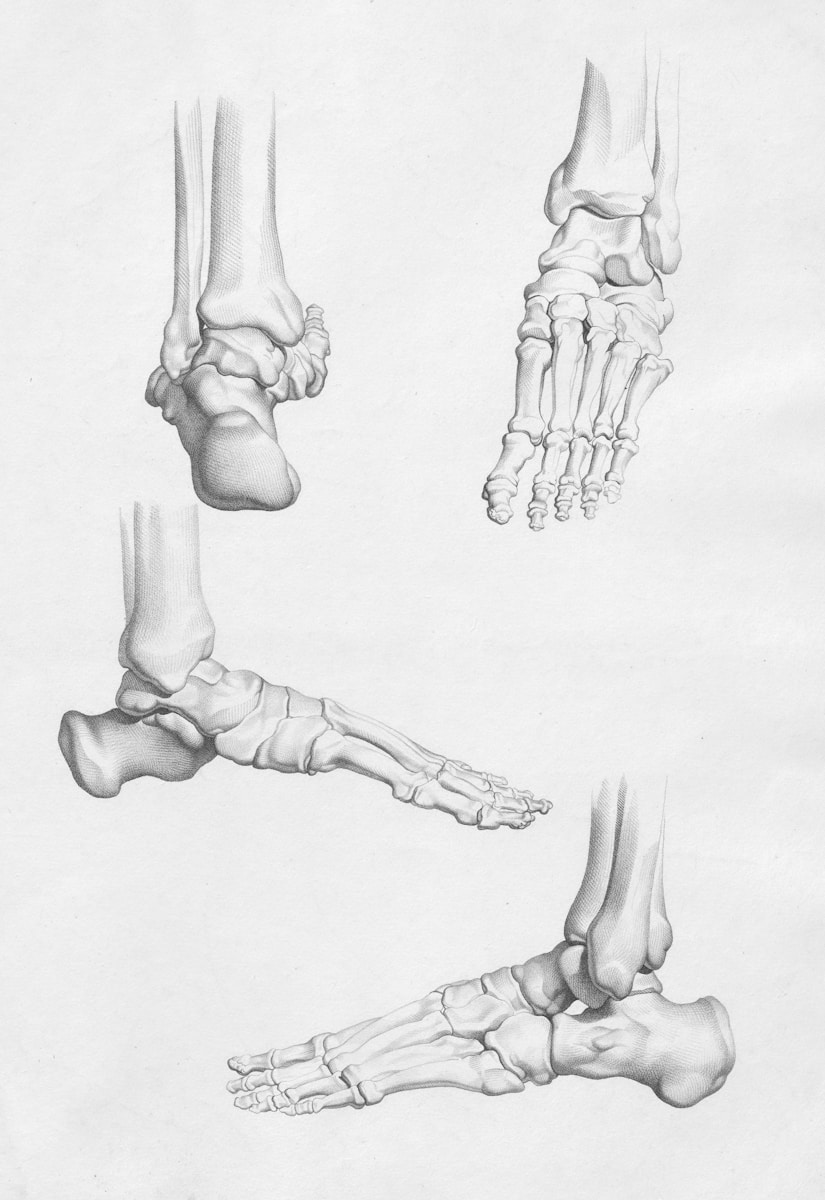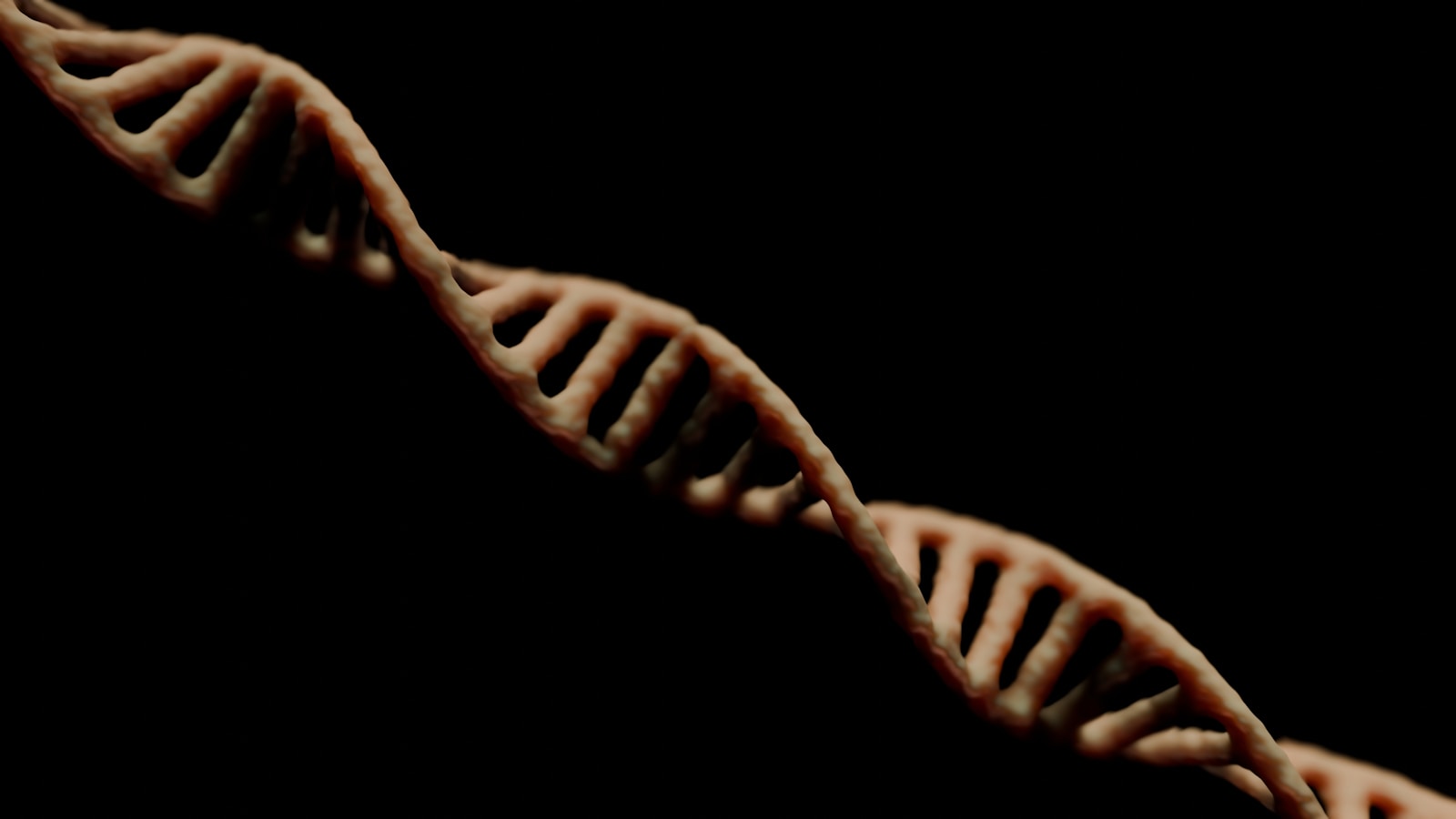Spider webs are masterpieces of engineering, capable of withstanding strong winds, rain, and the struggles of trapped prey. The key to their strength lies in the special substance called silk that spiders produce from their spinnerets.
The Structure of Spider Silk
Spider silk is made up of protein molecules arranged in a helical structure, providing both strength and flexibility. The arrangement of these molecules allows the silk to absorb and dissipate energy from external forces, preventing it from breaking easily. This unique structure also contributes to the remarkable tensile strength of spider silk, making it pound for pound stronger than steel.
Understanding the Helical Structure
Imagine a tightly coiled spring; this is somewhat similar to the helical structure of spider silk. This design allows the silk to stretch under stress without breaking, as the coils can unfurl to some extent, dissipating energy efficiently. For instance, when a fly crashes into a web, the silk can stretch slightly to absorb the impact, keeping the web intact.
Comparing Strength: Steel vs. Silk
It might be surprising, but when we say spider silk is stronger than steel, we mean that on a weight-for-weight basis, silk can handle more stress before breaking. This isn’t to say a silk strand could hold up a building, but for something so light and thin, it has extraordinary strength. Researchers have been inspired by this natural material to develop synthetic materials that mimic its properties.
Intermolecular Bonds
Spider silk contains various types of intermolecular bonds, such as hydrogen bonds and van der Waals forces, which contribute to its overall strength. These bonds allow the silk to maintain its structure and resist stretching or breaking under tension.
Role of Hydrogen Bonds
Hydrogen bonds are crucial because they form between the chains of protein molecules, providing a strong, reversible connection. This means that if the silk is stretched, these bonds can break and reform, allowing the silk to return to its original shape once the stress is removed.
Van der Waals Forces in Action
While not as strong as hydrogen bonds, van der Waals forces play a vital role in the silk’s structure. These are weak forces that occur between molecules, yet they are numerous enough to contribute significantly to the silk’s overall strength and elasticity. This combination of strong and weaker forces gives spider silk its unique mechanical properties.
Protein Composition
The specific proteins that make up spider silk vary between species and play a crucial role in determining the silk’s properties. For example, some proteins contribute to the elasticity of the silk, while others enhance its tensile strength.
Insights into Protein Variety
Different spider species produce silk with varying protein compositions, which means the web of an orb-weaver spider may have different properties than that of a cobweb spider. This diversity allows spiders to adapt to different environmental challenges and prey types. For instance, webs designed to catch larger insects may have a different protein composition to enhance durability.
Applications in Biotechnology
Understanding the protein composition of spider silk has led to significant advances in biotechnology. Scientists are exploring the potential of synthetic spider silk for use in medical sutures, athletic wear, and even bulletproof vests. The challenge remains to replicate the exact protein structure synthetically, but progress is being made.
Weaving Techniques
Spiders are skilled weavers, carefully selecting anchor points and weaving patterns that distribute the stress across the web. This strategic design minimizes weak points and ensures that the web remains intact even when prey struggles.
Strategic Anchor Points
When a spider builds its web, it chooses anchor points with precision. These points are crucial for distributing the load across the web. For example, a web anchored to multiple sturdy points will better withstand environmental stress like wind or the impact of prey.
Patterns and Stress Distribution
The radial and spiral patterns typical in many webs are not just for aesthetic appeal; they serve a functional purpose. Radial strands are like the spokes of a wheel, providing strength and stability, while spiral threads connect these spokes, distributing stress more evenly. This intricate design helps the web capture prey efficiently without breaking.
Adaptations for Durability
Through evolution, spiders have developed specialized silk glands that produce different types of silk for different purposes. Some silk types are sticky for catching prey, while others are stronger for structural support, allowing the web to maintain its strength in various conditions.
Silk Gland Specialization
Spiders possess multiple silk glands, each producing a different type of silk. For instance, dragline silk, used for the web’s frame, is incredibly strong, while capture spiral silk is coated with a sticky substance to ensnare prey. This specialization allows the web to function effectively in various roles, from catching food to providing shelter.
Evolutionary Success Story
The evolution of these diverse silk types showcases nature’s ingenuity. Over millions of years, spiders have evolved to produce silk that meets their specific ecological needs, enabling them to thrive in diverse environments from dense forests to urban landscapes. This versatility has been key to their survival and success as a species.
Environmental Impact and Conservation
Spider webs are not just fascinating from a materials science perspective; they also play a crucial role in ecosystems. By controlling insect populations, spiders help maintain ecological balance.
Spiders as Ecological Balancers
Spiders consume vast quantities of insects, many of which are pests to humans. By keeping these populations in check, they reduce the need for chemical pesticides, promoting a healthier environment. A single spider can eat hundreds of insects within a year, showcasing their importance in the food web.
Conservation Efforts
As urban development encroaches on natural habitats, spider populations can be at risk. Conservation efforts are crucial to maintaining spider diversity, which in turn supports the broader ecosystem. Simple actions, like preserving natural spaces and reducing pesticide use, can help sustain these beneficial creatures.
Human Inspiration and Innovation
The study of spider webs has inspired numerous innovations in materials science and engineering. From creating stronger fibers to developing new medical applications, the potential is vast.
Synthetic Spider Silk
Researchers are working on producing synthetic spider silk using genetic engineering and biotechnology. This involves inserting spider silk genes into bacteria, yeast, or even goats, which then produce silk proteins. The potential applications are numerous, from creating biodegradable fishing lines to developing new types of clothing.
Medical and Industrial Applications
In medicine, the biocompatibility of spider silk makes it an ideal candidate for sutures and tissue engineering. Its strength and flexibility could also lead to breakthroughs in prosthetics and implants, offering more durable and adaptable solutions.
Common Myths and Misconceptions
Despite their importance, spiders and their webs are often misunderstood. Clearing up these misconceptions can lead to greater appreciation and conservation efforts.
Myth: All Spider Webs are the Same
A common misconception is that all spider webs are identical. In reality, there is incredible diversity in web design, each suited to the spider’s lifestyle and environment. Some spiders, like the orb-weavers, create intricate, symmetrical webs, while others, like cobweb spiders, spin irregular, tangled webs.
Myth: Spider Silk is Just a Trap
While capturing prey is a primary function, spider silk serves many purposes. It can be used to create egg sacs, build shelters, or even assist in dispersal when young spiders ‘balloon’ on silk strands to find new habitats.
Practical Tips for Observing Spider Webs
If you’re interested in exploring the wonders of spider webs firsthand, here are some tips to enhance your experience.
Observing Safely
When observing spider webs, approach slowly to avoid disturbing the spider. Early morning is an ideal time, as dew on the strands can highlight the intricate patterns, making them easier to see.
Documenting Your Findings
Consider bringing a magnifying glass or a camera with a macro lens to capture the details of the web. Note the web’s location, size, and design, and if possible, identify the spider species. This documentation can enhance your understanding and appreciation of these natural wonders.
Respecting Nature
Always remember to respect the spider’s habitat. Avoid touching or damaging the web, as this can disrupt the spider’s ability to catch food and protect itself.
By expanding our understanding of spider webs, we not only appreciate the complexity and beauty of these structures but also recognize their significance in both natural ecosystems and human innovation.




